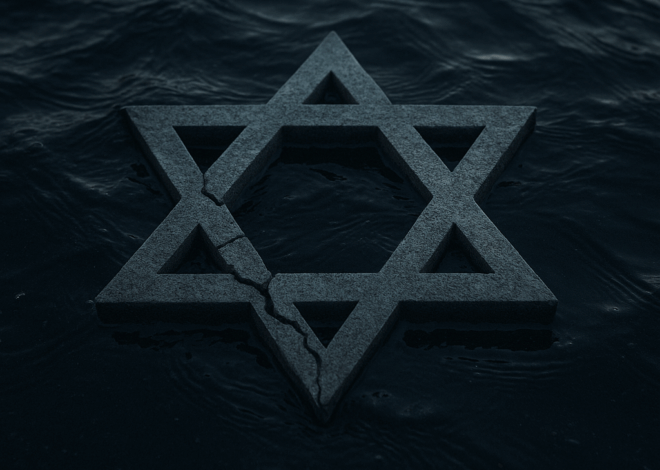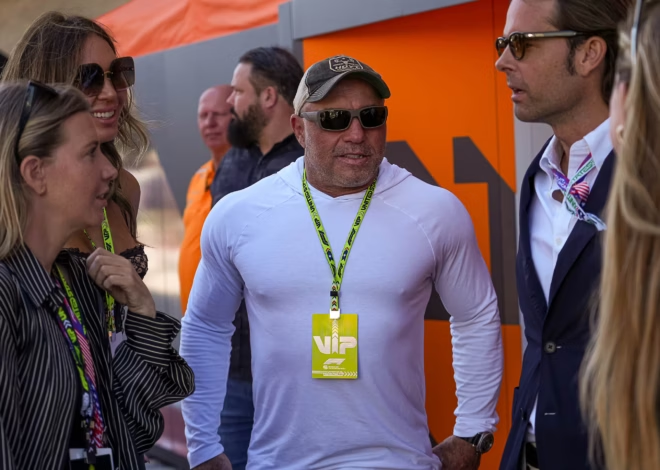
The Underhill Memorandum: A CIA Whistleblower’s Death and the JFK Assassination
The Underhill Memorandum: A CIA Whistleblower’s Death and the JFK Assassination
The release of previously classified JFK assassination documents has once again ignited scrutiny over the role of intelligence agencies in one of America’s most controversial political killings. Among these, a July 19, 1967 CIA memorandum, classified as SECRET RYBAT, discusses an article from Ramparts magazine detailing the suspicious death of John Garrett Underhill Jr., a former intelligence officer with alleged insider knowledge of CIA involvement in President Kennedy’s assassination.
This CIA memo references Ramparts (June 1967, Vol. 5, No. 12, pp. 28-29), which recounts Underhill’s alarming behavior following Kennedy’s murder. The day after the assassination, Underhill abruptly left Washington, D.C., appearing agitated and paranoid at the home of friends in New Jersey. He confided that a small clique within the CIA was responsible for Kennedy’s assassination and expressed fear for his life, believing he would have to flee the country. Less than six months later, Underhill was found dead in his Washington apartment from a gunshot wound. The coroner ruled it a suicide.
Beyond Underhill’s dramatic statements, the memo outlines his extensive ties to U.S. military and intelligence agencies. A World War II intelligence officer, Underhill was an authority on small arms and irregular warfare. He was on a first-name basis with top Pentagon officials and was close to high-ranking CIA personnel. The memo describes him as one of the Agency’s “un-people,” operatives involved in covert assignments. He was also connected to Samuel Cummings, a CIA-linked arms dealer and founder of Interarmco, a company that supplied weapons to intelligence-backed groups. Interarmco had ties to Klein’s Sporting Goods, the store that sold Oswald the mail-order Carcano rifle, the very weapon the Warren Commission identified as the gun used to kill Kennedy.
This memorandum carries weighty implications in the ongoing debate over whether JFK’s death was the work of a lone gunman or a deeper intelligence conspiracy. The fact that this memorandum exists confirms that the CIA was monitoring narratives that implicated its own operatives in the assassination. The memo’s focus on Ramparts suggests the Agency was keenly aware of—and perhaps attempting to control—public discourse surrounding its possible involvement.
Underhill’s abrupt departure, paranoia, and ultimate death fit a pattern seen in numerous other cases where intelligence-linked individuals died under suspicious circumstances. If his claims of a CIA assassination clique were mere delusions, why did he end up dead?
This memo also links CIA-backed arms dealers to the very weapon Oswald allegedly used. While this does not prove Agency involvement, it raises serious questions about whether Oswald’s acquisition of the rifle was more than just coincidence.
Underhill’s case is not isolated. Other key figures who hinted at deeper knowledge of the JFK assassination, including journalist Dorothy Kilgallen, New Orleans attorney David Ferrie, and military officer William Pitzer, all died under mysterious circumstances after suggesting that the official story was false.
While this document alone does not prove that the CIA orchestrated Kennedy’s assassination, it does show that intelligence operatives were aware of narratives implicating them and monitored those who spoke out. Underhill’s statements, combined with his CIA connections and subsequent death, suggest that elements within the Agency may have been deeply involved in the events of November 22, 1963.
As more records are declassified, will a full picture emerge? Or will this remain another piece in an intricate, impenetrable puzzle? One thing is certain: the official story is far from settled. The Newett Standard will continue to investigate.



